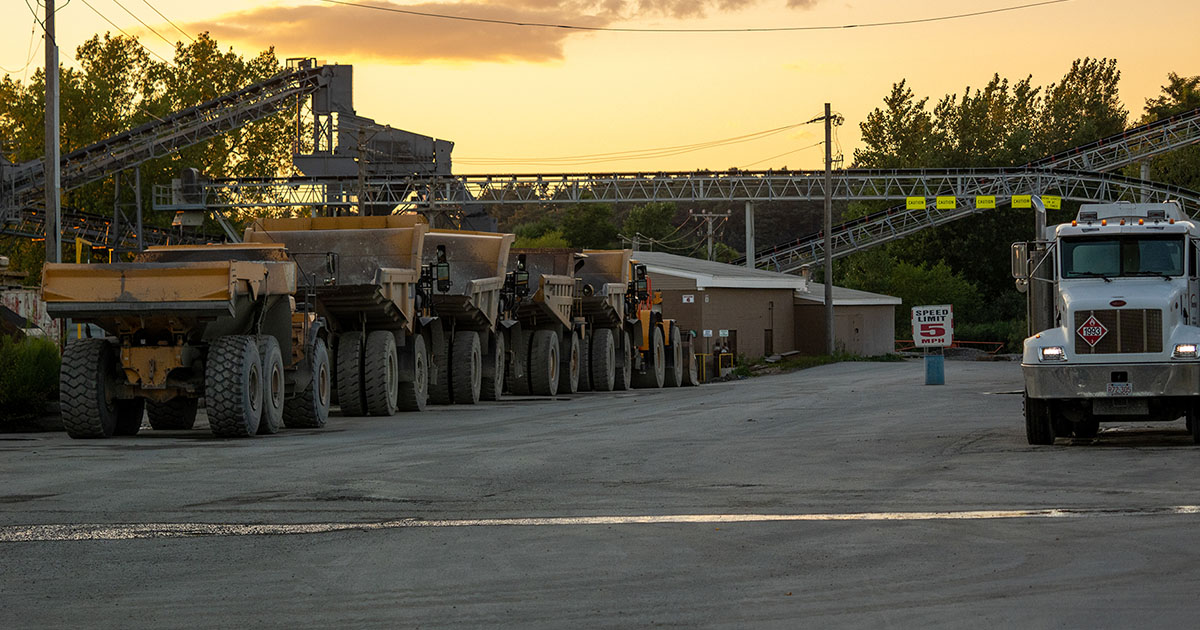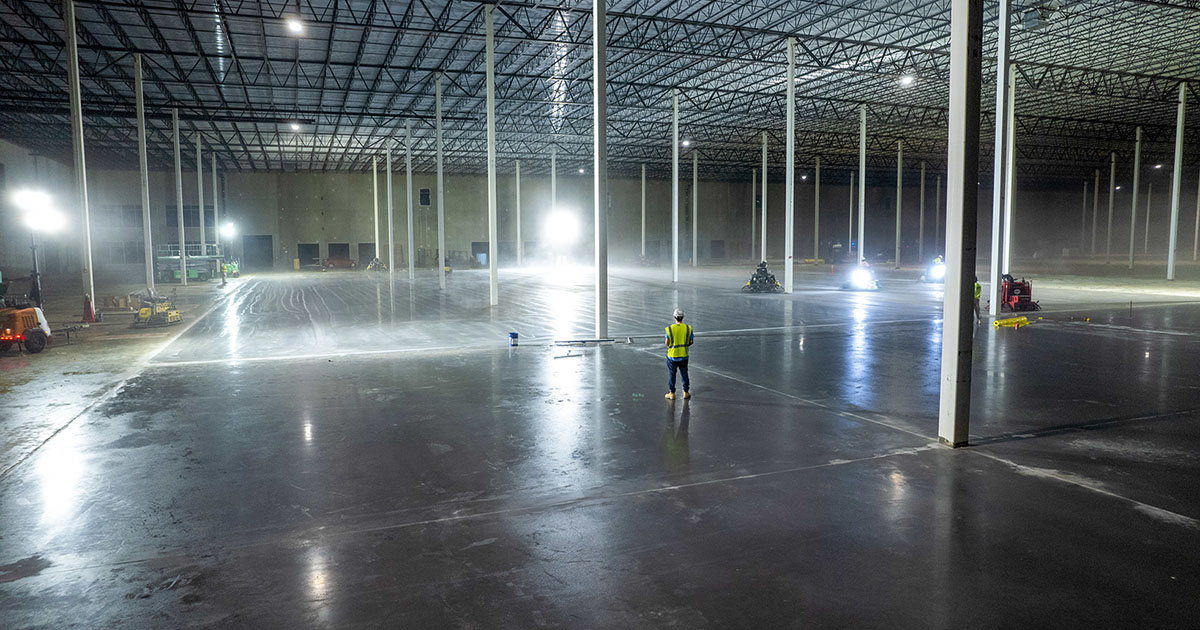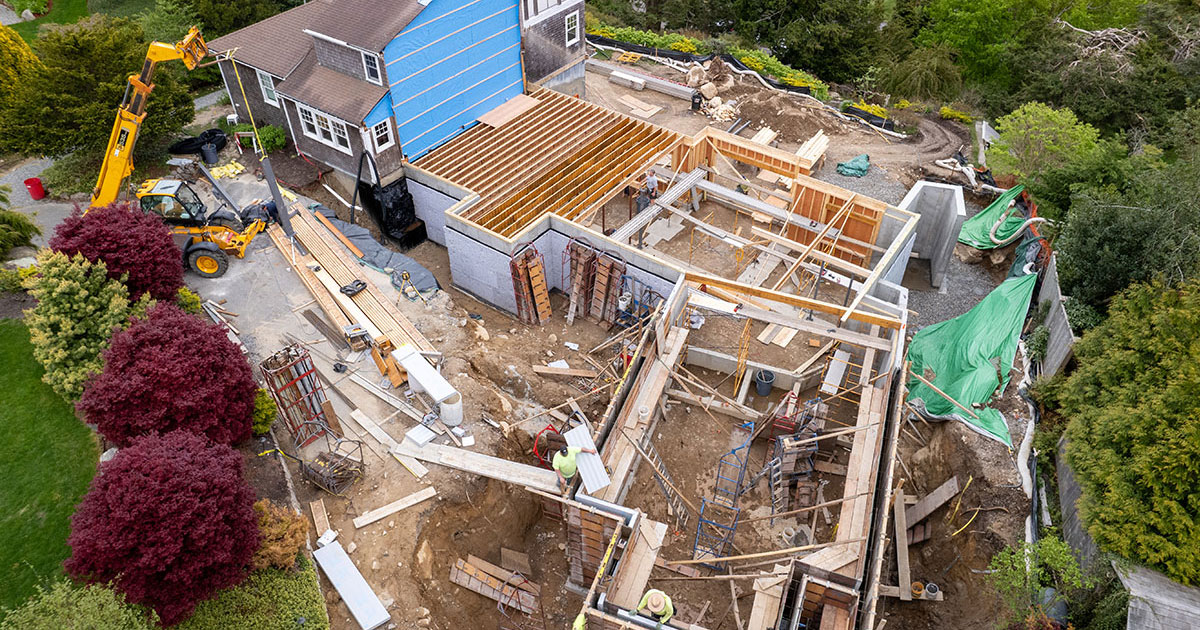
How Technology Can Solve Workforce Shortages In Construction
In the bustling world of construction, projects are constantly rising from the ground up, shaping our cities and creating the infrastructure of tomorrow. Yet, beneath these impressive skylines lies a significant challenge—workforce shortages. This issue has become a pressing concern for construction managers, company owners, and HR professionals alike. In this blog post, we will explore how integrating innovative technologies can alleviate these shortages, providing a roadmap to a more efficient and sustainable construction industry.
Recognizing the Workforce Challenge
The construction industry is currently grappling with a shortage of skilled workers, an issue that has been building over the years. Factors such as an aging workforce, fewer young people entering the trades, and increasing demand for construction projects have all contributed to this shortage. For construction managers, this means delays, increased costs, and sometimes, a compromise on quality. The need for solutions is urgent, and technology offers a promising avenue.
Recent studies reveal that the US construction labor market is to grow 7 percent from 2023 to 2033, faster than the average for all occupations, yet the number of available workers isn’t keeping pace. This discrepancy highlights the importance of not only attracting new talent but also optimizing current workforce efficiency. Technology, in its various forms, is emerging as a powerful tool to bridge this gap.
The Role of Technology in Construction
Technology’s role in solving workforce shortages is multifaceted. From enhancing recruitment processes to improving on-site safety and efficiency, the potential benefits are immense. Advanced technologies like artificial intelligence (AI), wearables, and project management software are no longer futuristic concepts—they’re present-day necessities.
For instance, AI is transforming how construction companies recruit talent. By analyzing resumes at lightning speed, AI-powered systems can identify the best candidates, reducing the time and effort required for recruitment. Meanwhile, wearables are improving safety and productivity on construction sites, providing real-time data on workers’ health and movements. These technologies not only help attract new talent but also retain existing workers by creating a safer and more efficient work environment.
Exploring Specific Technologies
AI in Recruitment
AI technology can quickly and efficiently screen candidates, ensuring that only the most qualified individuals make it through to the interview stage. This not only speeds up the hiring process but also ensures that construction firms get the best talent available. The use of machine learning algorithms to predict candidate success is becoming increasingly popular, providing an edge over traditional recruitment methods.
Wearables for Safety and Efficiency
Wearable technology offers incredible benefits for both safety and productivity. Devices such as smart helmets and vests can monitor vital statistics and environmental conditions, alerting workers and supervisors to potential hazards before they become serious issues. This proactive approach to safety helps prevent accidents and keeps projects running smoothly.
Project Management Software
Software solutions like BIM (Building Information Modeling) and other project management tools streamline the construction process, allowing for better planning, resource allocation, and communication. These tools enable construction managers to optimize their workforce, making sure that every team member is utilized effectively and efficiently.
Digital Media
In the digital age, leveraging media such as photos and videos from jobsites and employee activities has become a vital strategy for enhancing employer branding. Showcasing the unique aspects of your workplace culture through visual content can significantly boost the company’s image and attractiveness to potential employees. By regularly updating company websites and social media platforms with engaging content, companies can offer a transparent view of what it’s like to work with them, highlighting their commitment to safety, collaboration, and innovation.
Utilizing Jobsite Media
Photos and videos capturing daily operations, completed projects, and team interactions on job sites serve as powerful tools to illustrate the company’s core values and work ethics. These visuals provide potential employees with an authentic glimpse into the work environment, helping to build trust and interest. By showcasing state-of-the-art equipment, innovative techniques, or unique project accomplishments, companies can emphasize their commitment to excellence and modernity.
Spotlighting Employee Stories
Featuring employee testimonials and stories through media can also enhance a company’s reputation. Videos and articles showcasing employee journeys and achievements illustrate the supportive and growth-oriented nature of the workplace. Such content not only fosters a sense of pride among current employees but also resonates with prospective talent, attracting individuals who are eager to join a team that values personal and professional development.
By strategically using these forms of media, companies can effectively communicate their brand message, thereby attracting and retaining individuals who align with their organizational values and culture.
Practical Tips for Implementation
Implementing new technology in a construction company requires careful planning and consideration. Here are a few practical tips to ensure a smooth transition:
- Assess Needs and Goals: Before adopting any technology, it’s crucial to identify your company’s specific needs and goals. What are the current pain points in your workforce management? How can technology address these challenges?
- Consider Costs: Technology implementation can be costly, so it’s important to consider both the initial investment and ongoing operational costs. Look for solutions that offer a good balance between cost and benefit.
- Train Your Staff: New technologies require new skills. Provide comprehensive training for your staff to ensure they are comfortable and proficient with the new tools. This not only helps with the transition but also boosts morale and job satisfaction.
Future Trends in Construction Technology
The construction industry is poised for a technological revolution, with emerging trends promising to further alleviate workforce shortages. Robotics, for instance, is set to play a larger role in construction, particularly for repetitive and dangerous tasks. Drones are being used for site inspections and surveying, providing valuable data without the need for extensive manpower.
Additionally, the development of smart buildings and IoT (Internet of Things) technology is transforming how construction projects are managed, offering real-time insights and predictive analytics to optimize resources and reduce inefficiencies.
Final Thoughts
Addressing workforce shortages in the construction industry is no small feat, but with the strategic integration of technology, it is more than achievable. By leveraging tools like AI, wearables, and project management software, construction companies can not only attract and retain talent but also improve safety, productivity, and overall project outcomes.
For construction managers and company owners, the message is clear—embrace technology now to secure a sustainable and successful future. It’s time to build smarter, not just harder. If you’re ready to take the next step, consider exploring these technologies and see firsthand the difference they can make in your operations.
By understanding and implementing these technologies, construction professionals can mitigate the impact of workforce shortages, paving the way for a more efficient and innovative industry. Whether you’re a construction manager, business owner, or HR professional, the time to act is now. Let’s construct a brighter future together!



